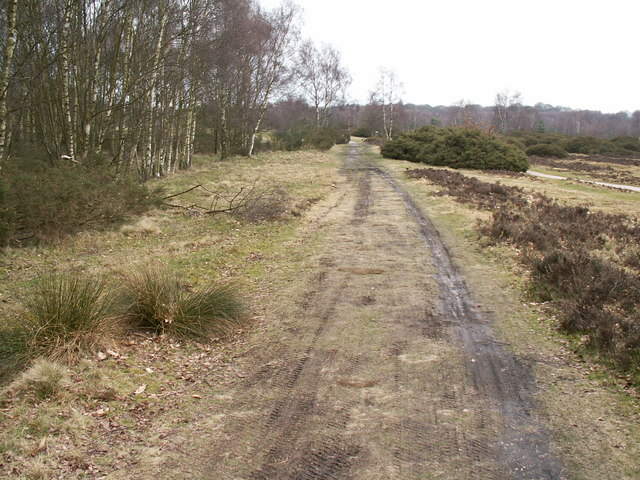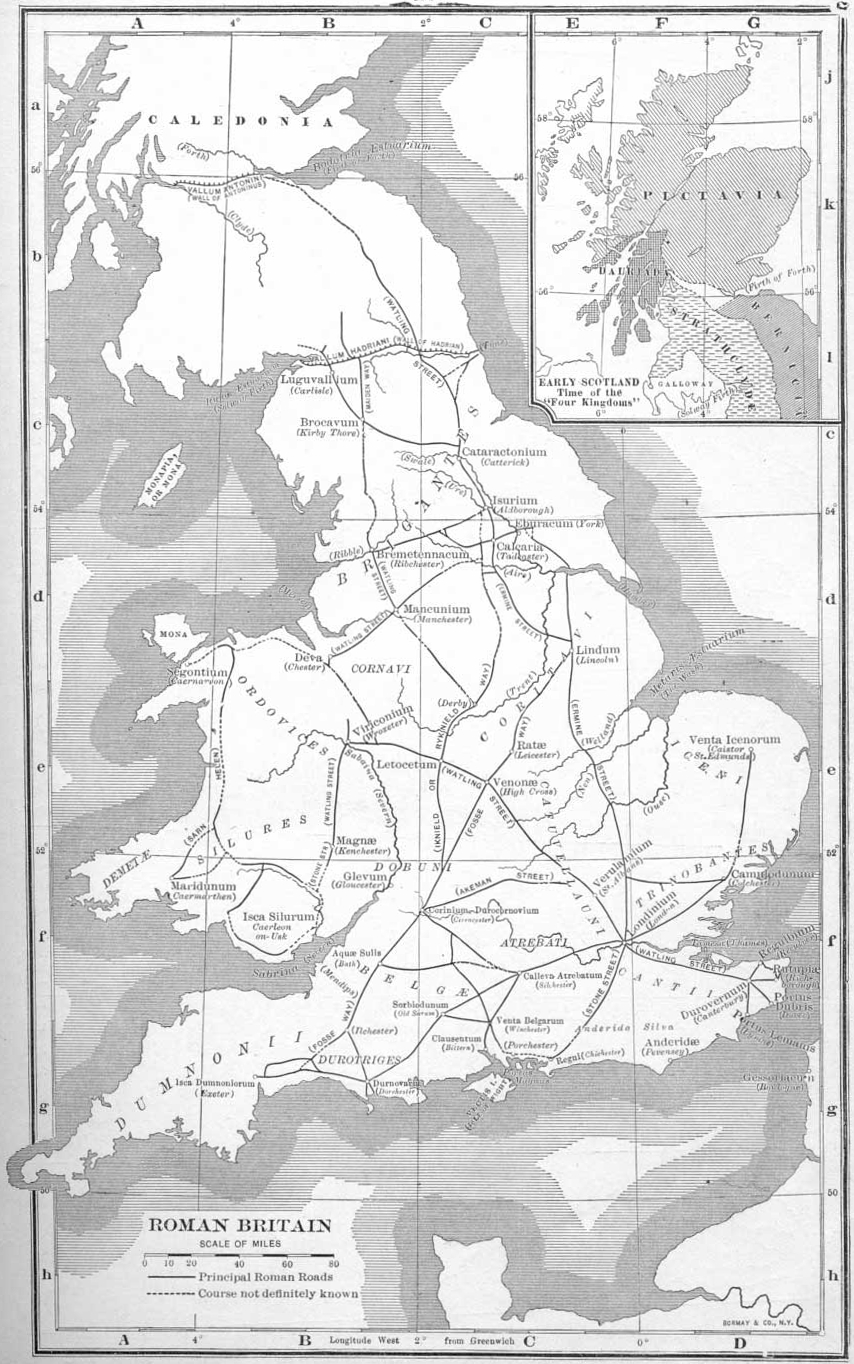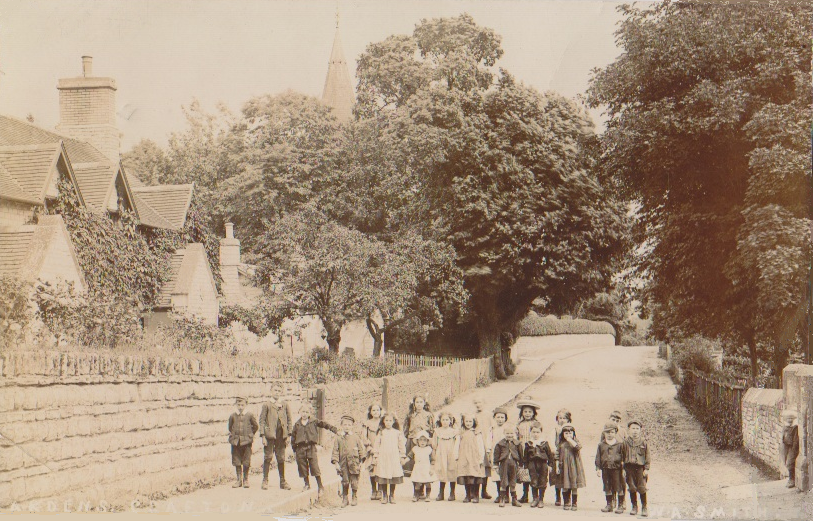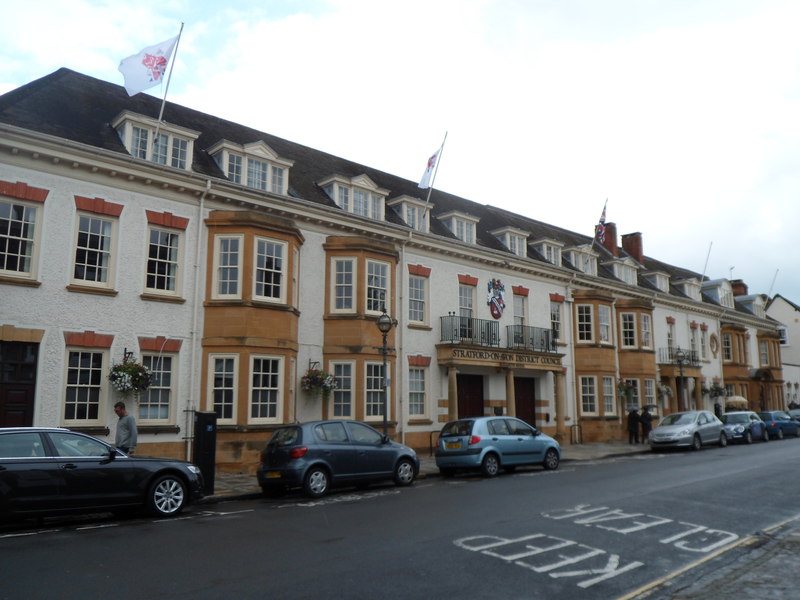|
Bidford-on-Avon
Bidford-on-Avon is a large village and civil parish in the English county of Warwickshire, very close to the border with Worcestershire. In the 2001 census it had a population of 4,830, increasing to 5,350 at the 2011 census. History Ryknield Street, the Roman road, passes through the village, going north towards Alcester. There is also an ancient Anglo-Saxon burial site under the free car park located just behind the Indian restaurant "No 72". First discovered in the 1920s, artefacts from more recent excavations are located at Warwick Museum, while material from the first excavations on the site currently resides in the hands of the Shakespeare Birthplace Trust. A Bronze Age razor was found in excavations at Bidford-on-Avon. [...More Info...] [...Related Items...] OR: [Wikipedia] [Google] [Baidu] |
River Avon (Warwickshire)
The River Avon () in central England flows generally southwestwards and is a major left-bank tributary of the River Severn, of which it is the easternmost. It is also known as the Warwickshire Avon or Shakespeare's Avon, to distinguish it from several other rivers of the same name in the United Kingdom. Beginning in Northamptonshire, the river flows through or adjoining the counties of Leicestershire, Northamptonshire, Warwickshire, Worcestershire and Gloucestershire, near the Cotswold Hills area. Notable towns it flows through include Rugby, Warwick, Stratford-upon-Avon, Evesham, Pershore and Tewkesbury, where it joins the Severn. It has traditionally been divided since 1719 into the Lower Avon, below Evesham, and the Upper Avon, from Evesham to above Stratford-upon-Avon. Improvements to aid navigation began in 1635, and a series of locks and weirs made it possible to reach Stratford, and to within of Warwick. The Upper Avon was tortuous and prone to flooding, and was aban ... [...More Info...] [...Related Items...] OR: [Wikipedia] [Google] [Baidu] |
Broom, Warwickshire
Broom is a village in the civil parish of Bidford-on-Avon in the Stratford-on-Avon district of Warwickshire, England, about north-west of Bidford. The village lies in the north-west corner of the parish between the River Avon, which forms its western boundary, and the road from Bidford to Alcester.'Parishes: Bidford', A History of the County of Warwick: Volume 3: Barlichway hundred (1945), pp. 49-57. URL: http://www.british-history.ac.uk/report.aspx?compid=56980 Date accessed: 8 February 2013. Broom formerly consisted of two hamlets known as King's Broom and Burnell's Broom. Burnell's Broom, the southern portion, was said to have been depopulated by Sir Rice Griffin of Broom Court during the reign of Elizabeth I.William Dugdale, ''The Antiquities of Warwickshire'', 1656 p729 At the 2011 census Broom has a population of 550 History Broom is known as one of the Shakespeare villages. William Shakespeare is said to have joined a party of Stratford folk which set itself to outdr ... [...More Info...] [...Related Items...] OR: [Wikipedia] [Google] [Baidu] |
Ryknield Street
Icknield Street or Ryknild Street is a Roman road in England, with a route roughly south-west to north-east. It runs from the Fosse Way at Bourton on the Water in Gloucestershire () to Templeborough in South Yorkshire (). It passes through Alcester, Studley, Redditch, Metchley Fort, Birmingham, Sutton Coldfield, Lichfield, Burton upon Trent and Derby. Names Four Roman roads having the King's protection are named in the Laws of Edward the Confessor: Watling Street, Ermine Street, the Fosse Way, and Hikenild or Icknield Street. Hikenild Strete is generally supposed to be connected with the country of the Iceni. Various forms of the name (the earliest in Anglo-Saxon charters are Icenhilde Weg or Icenilde Weg) designate other roads from the borders of Norfolk through Cambridgeshire, Bucks, Berks, Hants and Wilts into Dorset. These locations, however, would identify the route as Icknield Way an Iron Age trackway running from Norfolk to Dorset. What is today referred to as t ... [...More Info...] [...Related Items...] OR: [Wikipedia] [Google] [Baidu] |
Ryknild Street
Icknield Street or Ryknild Street is a Roman roads in Britannia, Roman road in England, with a route roughly south-west to north-east. It runs from the Fosse Way at Bourton on the Water in Gloucestershire () to Templeborough in South Yorkshire (). It passes through Alcester, Studley, Warwickshire, Studley, Redditch, Metchley Fort, Birmingham, Sutton Coldfield, Lichfield, Burton upon Trent and Derby. Names Four Roman roads Peace (law), having the King's protection are named in the Leges Edwardi Confessoris, Laws of Edward the Confessor: Watling Street, Ermine Street, the Fosse Way, and Hikenild or Icknield Street. Hikenild Strete is generally supposed to be connected with the country of the Iceni. Various forms of the name (the earliest in Anglo-Saxon charters are Icenhilde Weg or Icenilde Weg) designate other roads from the borders of Norfolk through Cambridgeshire, Bucks, Berks, Hants and Wilts into Dorset. These locations, however, would identify the route as Icknield Way an ... [...More Info...] [...Related Items...] OR: [Wikipedia] [Google] [Baidu] |
Temple Grafton
Temple Grafton is a village and civil parish in the Stratford district of Warwickshire, England, situated about east of Alcester and west of the county town of Warwick. The place name is misleading, the Knights Templar never having any association with the place but owing to a naming error made in the time of Henry VIII the mistake has been perpetuated. During the reign of Richard I the estate in fact belonged to the Knights Hospitaller.Old Warwickshire Churches, W Hobart Bird 1936 During the reign of Edward III in 1347 the village was recorded as Grafton ''Superior'' while neighbouring Ardens Grafton was named ''Inferior''William Dugdale, ''The Antiquities of Warwickshire'', 1656 History Temple Grafton was alleged to have been granted to Evesham Abbey by Ceolred King of Mercia in 710. But it is also said to have been given by Edward the Confessor in 1055, and is included among the 36 manors acquired by Abbot Ethelwig (1055–77); the 8th-century charter is probably a forger ... [...More Info...] [...Related Items...] OR: [Wikipedia] [Google] [Baidu] |
Wixford
Wixford is a hamlet and civil parish in the Stratford-on-Avon District of Warwickshire, England, situated south of Alcester. The population at the 2011 census was 155. The area is largely agricultural with no large employers in the area, most residents commuting to larger towns nearby. History The name derives from a compound of the Old English personal name Whitlac with the noun for a river crossing "ford". The village is first mentioned when Ufa, a Saxon Earl of Warwick, gave the land at Wixford and his body to be buried to the monastery of Evesham Abbey in 974. However, Godwine, a powerful man who had purchased the inheritance of that abbey from King Ethelred, granted it to Wulfgeat, son and heir to Ufa, for life, upon condition it was returned. Notwithstanding this agreement, Wulfgeat's heirs retained the land until the time of King Edward the Confessor, when Abbot Agelwyne purchased it from Wygod, a potent baron and heir to Wulfgeat. Wulfgeat's heirs paid a valuable p ... [...More Info...] [...Related Items...] OR: [Wikipedia] [Google] [Baidu] |
Barbara Comyns
Barbara Irene Veronica Comyns Carr (born Barbara Irene Veronica Bayley; 27 December 1907Celia Brayfield (2004)Carr, Barbara Irene Veronica Comyns (1907–1992) ''Oxford Dictionary of National Biography''. Oxford: Oxford University Press. – 14 July 1992), known as Barbara Comyns, was an English writer and artist. Early life Born in Bidford-on-Avon, Warwickshire, to Margaret Eva Mary (née Fenn) and Albert Edward Bayley, Comyns was the fourth of six children. The family home was Bell Court, a manor on the banks of the River Avon. Her father was a Birmingham brewer and industrialist who died in 1922 when she was 15. Artist After her father's death, Bell Court was sold and Comyns left to attend art school, first in nearby Stratford-upon-Avon, then she moved to London to attend Heatherley School of Fine Art. In 1931 she married fellow artist and childhood friend John Pemberton, nephew of the London Group president and noted artist Rupert Lee. Comyns and her husband exhibited ... [...More Info...] [...Related Items...] OR: [Wikipedia] [Google] [Baidu] |
Stratford-on-Avon (district)
Stratford-on-Avon is a local government district in southern Warwickshire, England. The district is named "Stratford-on-Avon" unlike its main town of Stratford-upon-Avon where the district council is based. The district is mostly rural and covers most of the southern half of Warwickshire. As well as Stratford, other significant places in the district includes the towns of Alcester, Southam, Shipston-on-Stour and Henley-in-Arden, and the large villages of Bidford-on-Avon, Studley and Wellesbourne, plus numerous other smaller villages and hamlets. It borders the Warwickshire districts of Warwick to the north, and Rugby to the north-east. It also borders the neighbouring counties of the West Midlands, Worcestershire, Gloucestershire, Oxfordshire, and Northamptonshire. History The district was formed on 1 April 1974 under the Local Government Act 1972 by the merger of the municipal borough of Stratford-upon-Avon, Alcester Rural District, Shipston-on-Stour Rural District, Southa ... [...More Info...] [...Related Items...] OR: [Wikipedia] [Google] [Baidu] |
Warwickshire
Warwickshire (; abbreviated Warks) is a county in the West Midlands region of England. The county town is Warwick, and the largest town is Nuneaton. The county is famous for being the birthplace of William Shakespeare at Stratford-upon-Avon and Victorian novelist George Eliot, (born Mary Ann Evans), at Nuneaton. Other significant towns include Rugby, Leamington Spa, Bedworth, Kenilworth and Atherstone. The county offers a mix of historic towns and large rural areas. It is a popular destination for international and domestic tourists to explore both medieval and more recent history. The county is divided into five districts of North Warwickshire, Nuneaton and Bedworth, Rugby, Warwick and Stratford-on-Avon. The current county boundaries were set in 1974 by the Local Government Act 1972. The historic county boundaries included Coventry, Sutton Coldfield and Solihull, as well as much of Birmingham and Tamworth. Geography Warwickshire is bordered by Leicestershire to the nort ... [...More Info...] [...Related Items...] OR: [Wikipedia] [Google] [Baidu] |
Exhall, Stratford-on-Avon
Exhall is a village and civil parish about south-south-east of Alcester in the Stratford-on-Avon district of Warwickshire, England. Its parish includes the hamlet of Little Britain and part of Ardens Grafton, the greater part of which is in the neighbouring civil parish of Temple Grafton. The 2011 Census recorded Exhall parish's population as 203. Exhall is on Hay Brook, a tributary of the River Arrow. The civil parish neighbours those of Alcester and Wixford, with which it shares both an ecclesiastical parish and a cricket club. History Exhall is known as one of the "Shakespeare villages". William Shakespeare is said to have joined a party of Stratford folk which set itself to outdrink a drinking club at Bidford-on-Avon, and as a result of his labours in that regard to have fallen asleep under the crab tree of which a descendant is still called Shakespeare's tree. When morning dawned his friends wished to renew the encounter but he wisely said "No I have drunk with Piping ... [...More Info...] [...Related Items...] OR: [Wikipedia] [Google] [Baidu] |
Long Marston, Warwickshire
Long Marston is a village and civil parish about southwest of Stratford-upon-Avon in Warwickshire, England. The southern and western boundaries of the parish form part of the county boundary with Worcestershire. The 2011 Census recorded the parish's population as 436. History Long Marston was part of Gloucestershire until 1931, when the Provisional Order Confirmation (Gloucestershire, Warwickshire and Worcestershire) Act Warwickshire. The civil parish was also renamed from "Marston Sicca" to "Long Marston" in 1931. It is recorded in the Domesday Book "In Celfledetorn Hundred, St. Mary's Priory and Cathedral in Merestone, holds 10 hides. In lordship 3 ploughs; 15 villagers and 3 smallholders with 12 ploughs. 6 slaves; meadow at 10s. The value was £8; now 100The name of the hundred, Celfledethon means Ceolflaeds thorn, perhaps indicating that the original meeting place in the centre of the hundred was a thorn tree. Long Marston is known as one of the "Shakespeare villages". ... [...More Info...] [...Related Items...] OR: [Wikipedia] [Google] [Baidu] |
Pebworth
Pebworth is a village and civil parish in the county of Worcestershire, lying about 5 miles north-north-west of the town of Chipping Campden in Gloucestershire. Until 1931, the parish – which includes the hamlet of Broad Marston – was itself also in Gloucestershire, as part of Pebworth Rural District. Pebworth is bordered to the north and north-east by the parishes of Dorsington and Long Marston, which are today in Warwickshire. The Priory of Pebworth is a Grade II listed building. History Pebworth is mentioned in the Domesday Book "Hugh de Grandmesnil holds Pebworth. There are two hides and one virgate. Two thegns held it as two manors. There are three ploughs and one villan and one bordar and seven slaves. The same Hugh holds Broad Marston. There are two hides."''Domesday Book: A Complete Transliteration''. London: Penguin, 2003. p.? Pebworth is known as one of the Shakespeare villages. William Shakespeare is said to have joined a party of Stratford folk which se ... [...More Info...] [...Related Items...] OR: [Wikipedia] [Google] [Baidu] |





